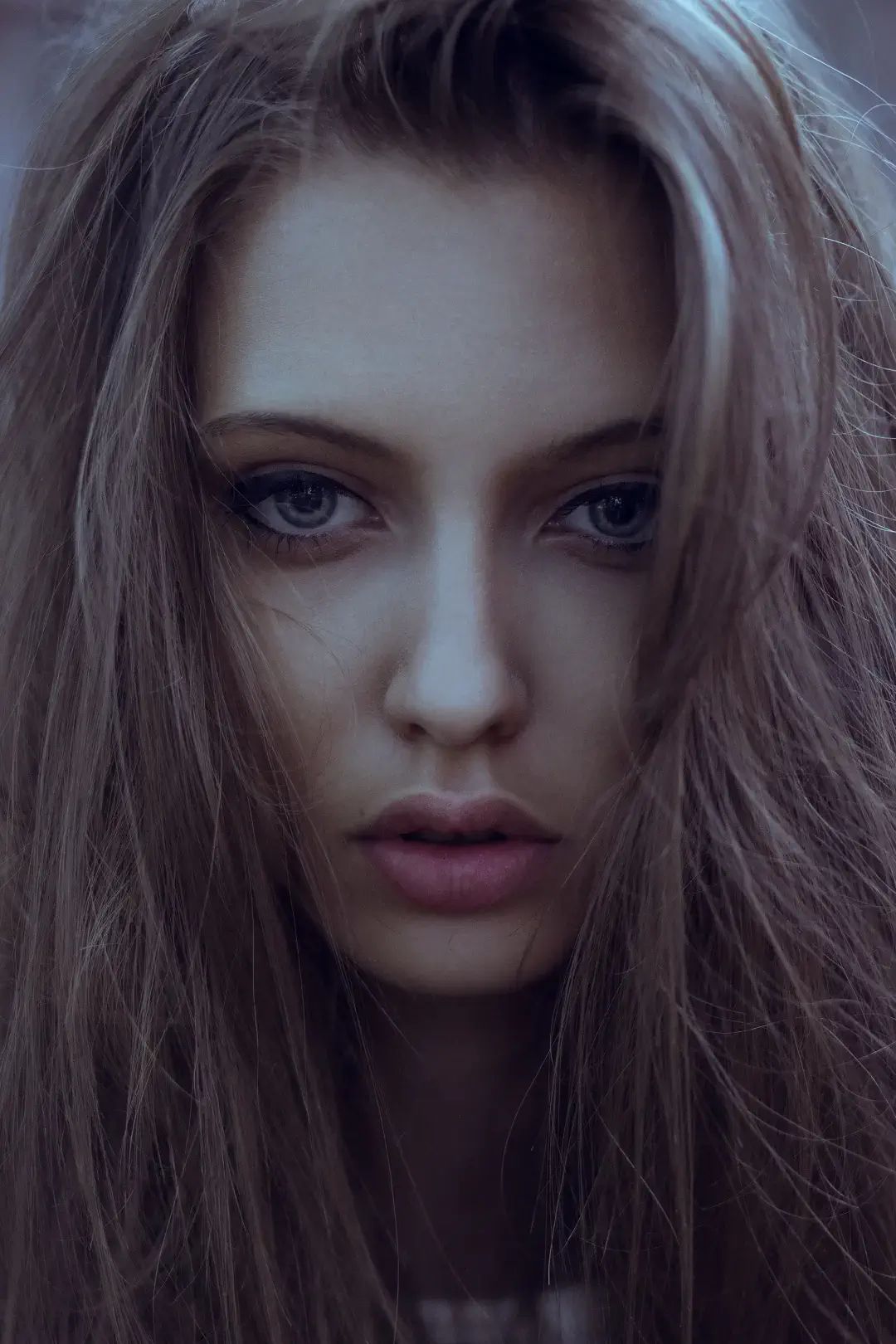Close-Up - Up Close And Personal
Models or actors usually always seem a little unapproachable, especially when they appear on huge posters or cinema screens. There is a simple solution for this however: the close-up. It brings stars and starlets within reach, allowing audiences to connect with them more.

What is a close-up?
Essentially a close-up is a shot taken very close to one’s face. They are commonly used for Sedcards and modelling portfolios because it gives performers the chance to focus on their individual key features. There are various types of close-ups, depending on the angle of the camera and how it moves. Here is a general guide:
Medium Close-Up
This camera angle captures actors from the waist up and corresponds to a look from real life situations. In film, the medium close-up is used for dialogue scenes; in photography, it is a classic portrait shot. The photographer or videographer stands slightly raised and looks down from the head to the hip area, keeping the surroundings in the picture. Sometimes the medium close-up will also capture the model’s thighs/knees.
Headshot
When the camera shoots from 3-4 metres, only the subject's chest and head are visible- this is a headshot. In English TV and Film, headshots are also called talking heads- these are used for documentaries and on the news.
Classic close-up
For a classic close-up, the camera gets even closer- it only focuses on the face. Models like to include a close-up in their portfolio because it emphasises the versatility of their faces.
Extreme close-up
An extreme close-up can capture details to portray certain emotions or show off certain features. In modelling, extreme close-ups are used to model cosmetic products, for example. In film, directors use extreme close-ups in very emotional scenes, like a funeral.
Who invented the close-up?
The creator of the close-up shot was David Wark Griffith, who started to use this technique in 1911. In his short film “The Lonedale Operator”, the camera focuses closely on a tool that is important for the course of the action.

Why is a close-up shot effective?
A headshot, medium shot or extreme close-up are intended to make things that are difficult to recognise visible and draw the audience's attention to a specific thing. If it is a close-up of the face, the feelings of the person portrayed are brought to the forefront. The closer the close-up shot, the more intense the connection with the audience is. The significance of an object is enhanced by the close-up. However, sometimes this is used for comedic effect as a red herring. In “Pulp Fiction” the sought-after suitcase has no supporting role at all. The technical term for this is a ‘McGuffin’. A close-up or detail shot can also be used for cross-fading. As the camera moves closer and closer to objects or people, their contours become blurred, reforming into something else. Similarities in shape and colour are also suitable for this trick - as can be admired in Coppola's "Dracula" version, where the close-up of a rolling skull merges into a close-up of a juicy roast.
Get involved in close-up filming and modelling!
Sounds exciting? It is! And if you want to pose for a close-up shot, simply apply online to starboxx - it’s free! Just tell us about yourself and upload some photos to your profile- we recommend a full-body photo, a medium close-up and a headshot.
